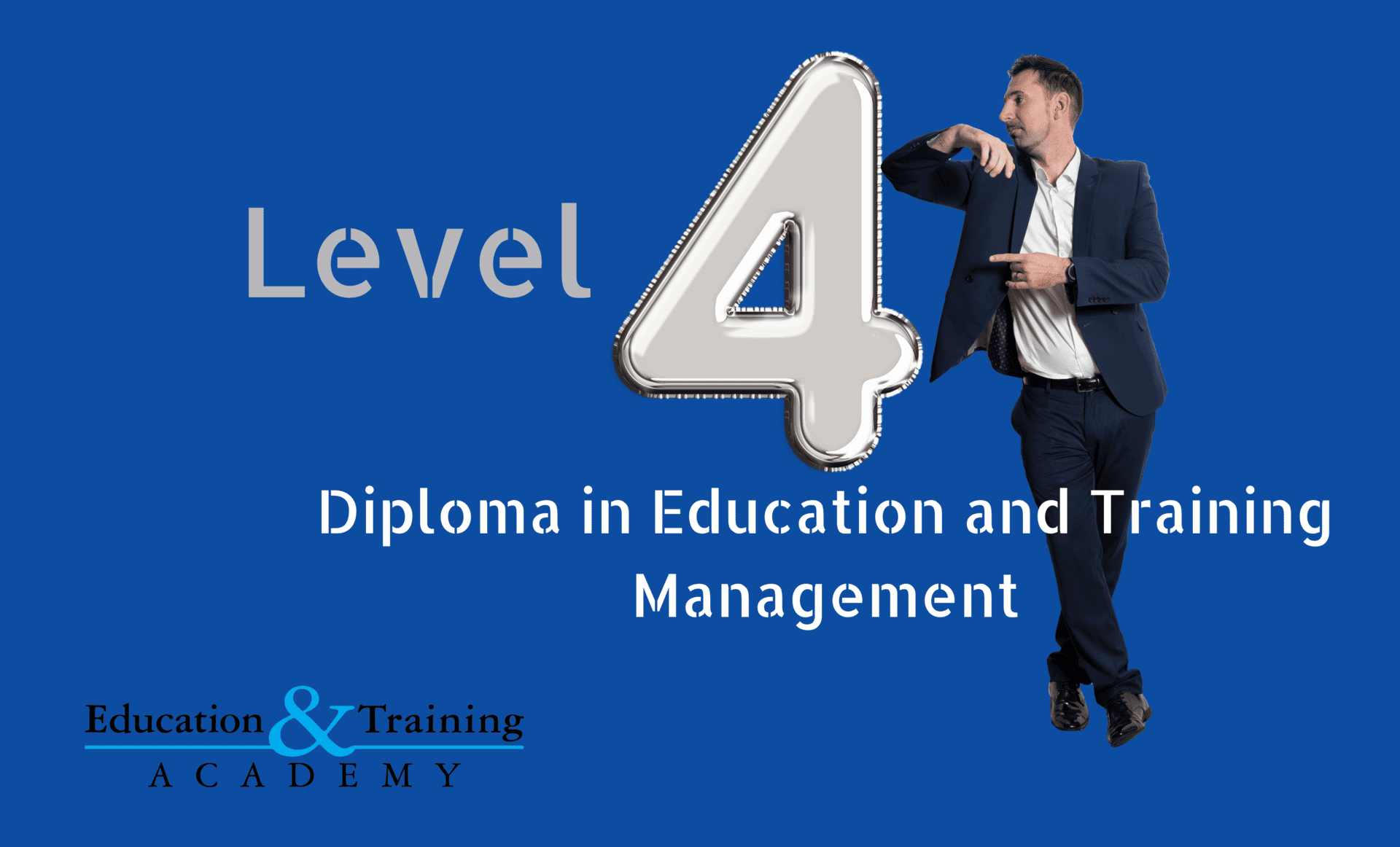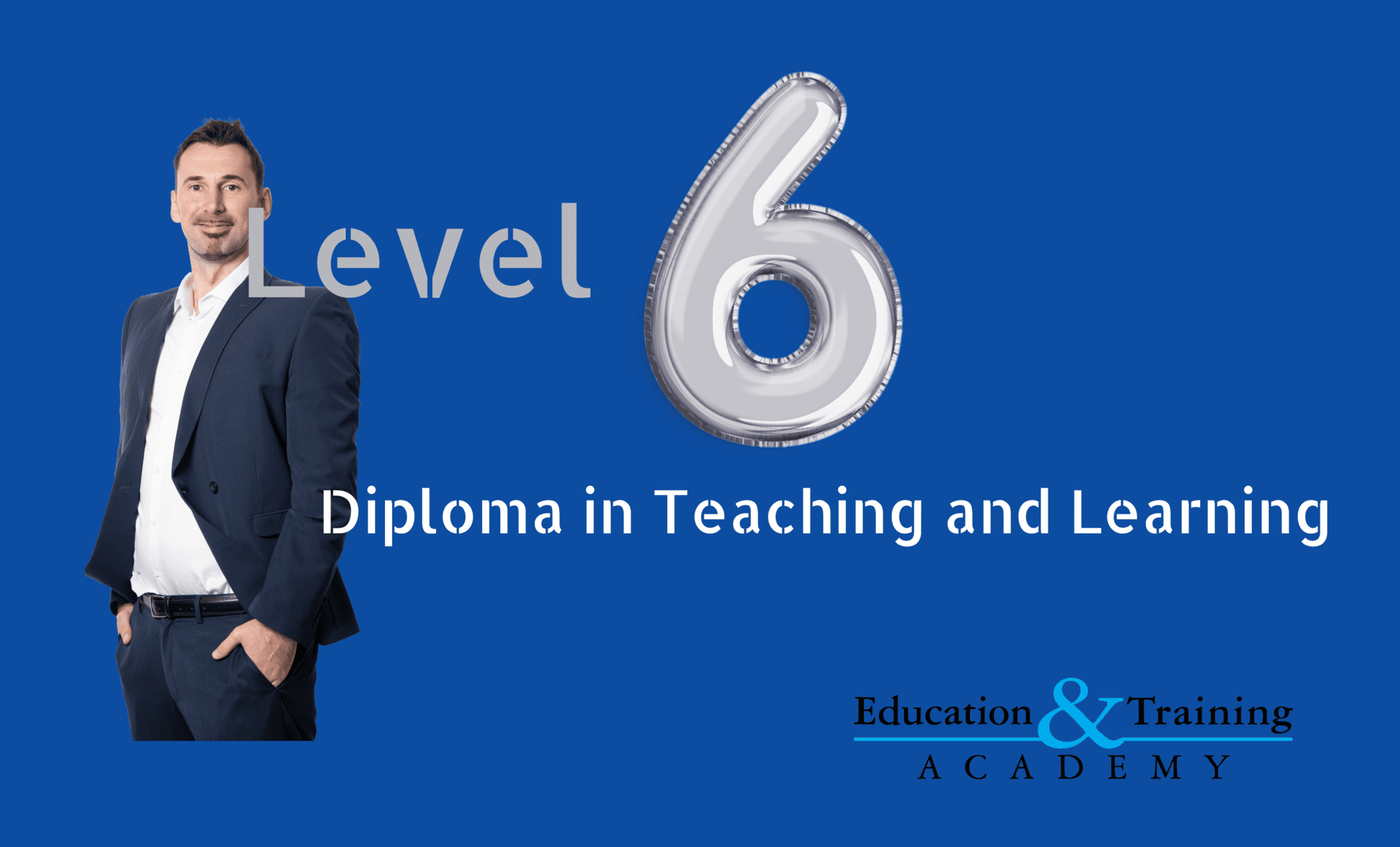
Enhancing Learner Engagement: Key Strategies for Success in Level 4 and Level 5 Diplomas
In the realms of the Level 4 Diploma in Education and Training Management and the Level 5 Diploma in Teaching (FE and Skills) (DiT), understanding and nurturing learner motivation stands as a pivotal element of educational success. Learner motivation encompasses a spectrum of internal and external factors that encourage learners to embark on and persist in their learning journey. Let's delve into the key aspects of motivation that educators must foster to create an enriching and effective learning environment.
Intrinsic Motivation: The Inner Drive
Intrinsic motivation emerges from within the learner, characterized by an inherent interest in the learning activity itself. This type of motivation is driven by the joy of learning and personal fulfilment rather than external rewards. In the context of the Level 4 and Level 5 Diplomas, cultivating an environment that stimulates curiosity and passion for the subject matter can significantly enhance learner engagement and persistence.
Extrinsic Motivation: External Incentives
Conversely, extrinsic motivation is fuelled by external factors such as grades, certification, or the prospect of career advancement. While this form of motivation might not stem from an interest in the learning activity itself, recognising and aligning educational activities with learners' career aspirations and goals can motivate them to engage with the material.
Goal Orientation: Aiming for Success
Learners are often propelled by specific goals, whether they seek to demonstrate competence or to master the subject matter. Understanding learners' goal orientations enables educators to tailor their teaching strategies, fostering an environment where learners can achieve their desired outcomes, thereby enhancing motivation within the Level 4 and Level 5 Diplomas.
Fostering Self-Determination
Self-Determination Theory (SDT) posits that fulfilling the psychological needs of autonomy, competence, and relatedness can significantly boost learner motivation. Creating educational experiences that empower learners, build their confidence, and foster a sense of community can lead to a more motivated and engaged student body.
Enhancing Self-Efficacy
Belief in one's ability to succeed is a powerful motivator. Encouraging a growth mindset and providing learners with positive feedback and opportunities to succeed can strengthen their self-efficacy, driving them to engage more deeply with their learning.
The Value of Relevance
Learners are more likely to be motivated when they perceive the learning material as valuable and relevant to their personal and professional goals. Highlighting the practical applications of the curriculum and its relevance to real-world scenarios can make learning more engaging and meaningful.
Navigating Social and Cultural Influences
The social and cultural context in which learners operate can greatly influence their motivation. Acknowledging and incorporating diverse perspectives and creating a supportive, inclusive learning environment are essential for fostering a positive attitude towards learning.
Conclusion
For educators embarking on the journey of the Level 4 Diploma in Education and Training Management and the Level 5 Diploma in Teaching (FE and Skills) (DiT), recognising and nurturing the various facets of learner motivation is key to unlocking the full potential of their students. By creating learning experiences that are intrinsically motivating, aligned with learners' goals and aspirations, and supportive of their psychological needs, educators can foster a vibrant learning community that is both engaged and motivated. Embracing these strategies not only enhances the educational experience but also prepares learners for success, both within the classroom and beyond.


